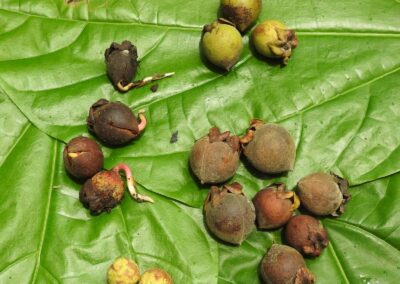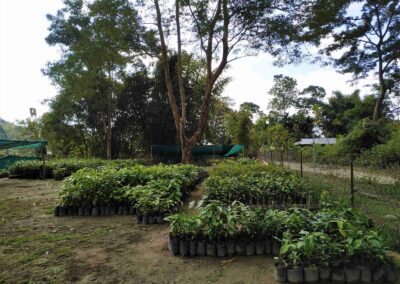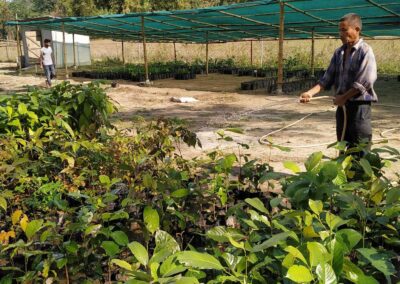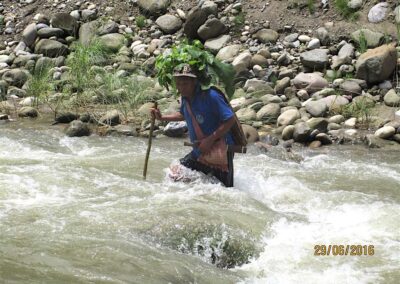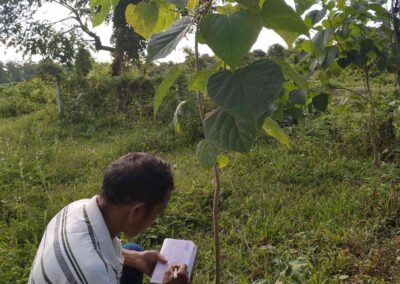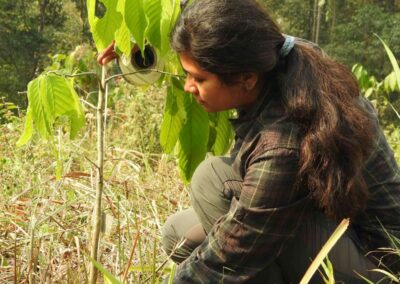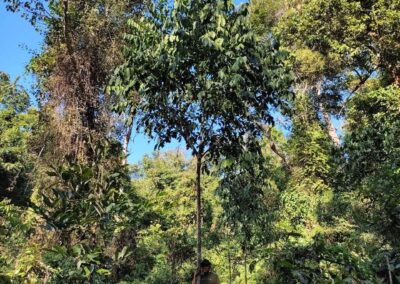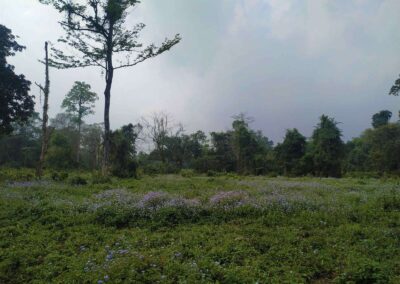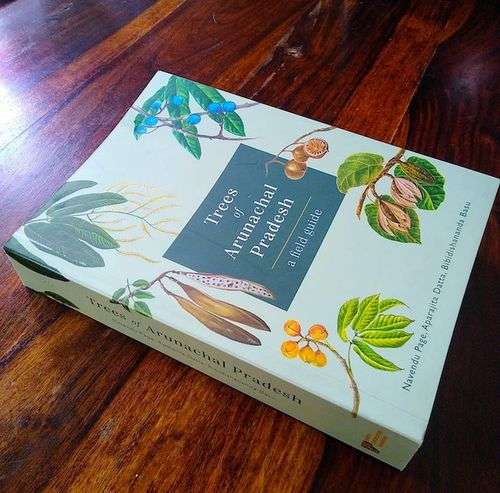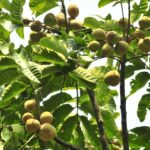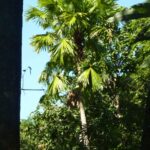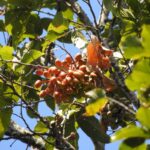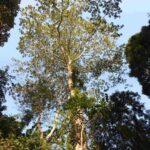We have been conducting extensive research on various aspects of hornbill ecology for over two decades in Arunachal Pradesh. The broader vision of this work is to see hornbill conservation and protection of their habitats, integrated into local community institutions, with our technical and scientific support. Restoring the degraded forest patches in Pakke Tiger Reserve (PTR) and the surrounding Reserved Forest (RF) for ensuring the availability of suitable hornbill habitat in the future, was one of the objectives of this broader goal. With this objective, the restoration project was initiated in 2014. It is being done in partnership with the Arunachal Pradesh Forest Department.
After the first two years of setting up a rainforest nursery in Seijosa, a fringe village of PTR, the planting activities began in 2016. Over the years, we have scaled up from growing 25 species to 75 species, which are important bird- and mammal-dispersed and mechanically-dispersed native tree species. From 2016 to 2021, we have planted 9617 saplings of 50-60 mixed species in 7.31 ha of degraded forest patches inside PTR and the RF.
Planting activities are carried out at the onset of the monsoon in May-June every year after identifying sites during the dry season. Planting is followed by maintaining and monitoring the sites. Maintenance is done by frequent weed clearing around the saplings during the first 2-3 years after planting. Monitoring progress involves collecting data on sapling survival and growth rate at an interval of 5-6 months. Our sites inside PTR and the RFs show 31-56 % survival after 2.5-3 years. Our recently published article provides critical information on the early-stage performance in terms of survival and growth of the native tree species which is needed to generate a preliminary list of species suitable for restoration (Borawake et al. 2021).
We have provided 3253 saplings to a few tea estates in nearby Assam state. Planting is done in open areas in the estates to increase shade and tree cover. The monitoring shows 69% survival after 2 years at these sites. The survival is higher than the forest sites as these areas are fenced, well-maintained, and wildlife activity is absent. We also encourage the participation of the local community in the restoration efforts and a certain proportion of saplings are sold at a nominal cost (Rs. 20/30) to the local people. The locals are dependent on the forests for timber and other forest resources. By growing these native species, they will be able to harvest timber in the future for subsistence and we hope this will eventually prevent tree felling in the forested areas.
We have also participated in and provided saplings for planting initiatives by various local organizations or the Forest Department. These saplings have been planted along the river banks, roadsides, schools and government office premises. We acknowledge the efforts of Amruta Rane and Rohit Naniwadekar who helped in setting up this project, and Late Anita Mallick, Late Kumar Thapa and Late Tali Nabam, who were an important part of our field team.


